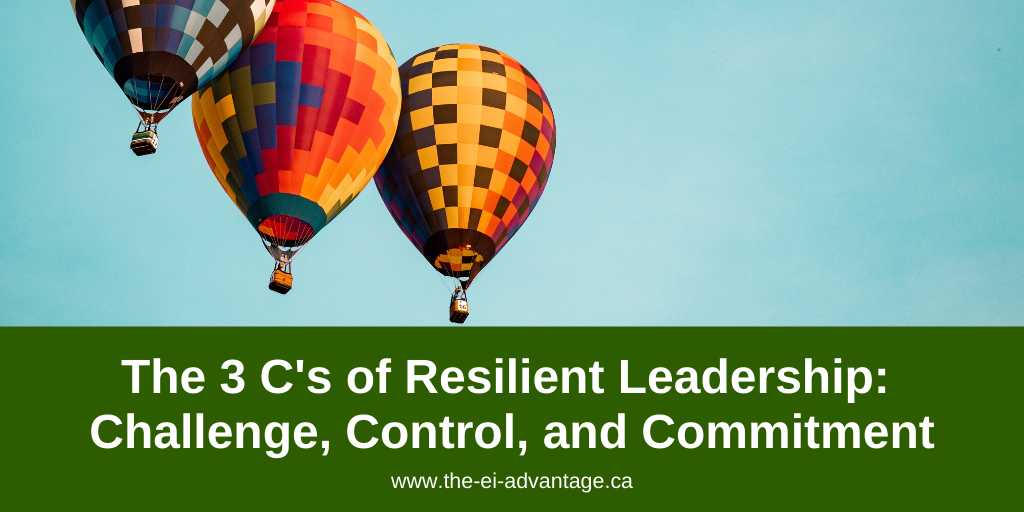Blog
The 3 C’s of Resilient Leadership: Challenge, Control, and Commitment
February 18, 2020

Have you ever wondered why some people can flourish and handle stressful situations with ease, while the same situation can cause anxiety, mental, and physical issues in others?
The difference between these two types of people is their hardiness and resilience. Research has shown a strong correlation between mental and physical well-being and a person’s ability (or inability) to manage their thoughts and beliefs during stressful periods in their lives.
How do we measure hardiness and resilience?
The tool used to assess a person’s hardiness and resilience is the Hardiness and Resilience Gauge. This report offers a deeper understanding of your hardiness level, and the key qualities you possess that can help, or hinder, your stress resilience and adaptability.
Our resilience is determined by a variety of elements, including environmental factors, childhood experiences, and the like. The primary psychological factor that contributes to someone’s resilience level is their hardiness.
Hardiness is how people interpret the world and make sense of their experiences within it. There are three components to a person’s hardiness level: Challenge, Control, and Commitment.
Apply what you’ve learned about resilient leadership by clicking here to sign up for our upcoming on-demand Hardiness Resilience Gauge certification.
The Three C’s of Resilient Leadership
1. Commitment
Commitment refers to our resolution to commit to a course of action, and to follow it through to the end despite any obstacles that may arise.
By choosing meaningful and important goals, and then breaking down the process of achieving them into doable tasks, we can increase this aspect of our stress hardiness.
2. Control
Large parts of our lives are uncertain, and many parts of it are beyond our control, so it makes sense that the two biggest contributing factors to stress are a lack of control, and a feeling of uncertainty.
By developing belief in our abilities, we can increase our sense of self-efficacy, which creates a sense of control, and in turn reduces our anxiety in stressful situations.
3. Challenge
When we frame a stressful situation as a challenge and opportunity to grow, we can increase our feelings of control over the situation.
Instead of framing a stressor as something to be endured, or dreaded, we can change our perception to one that puts us in the driver’s seat, and gives us a sense of empowerment.
Hardiness and resilience, and facing problems head-on
We typically feel threatened when we face a difficult or stressful situation, which often causes us to “turn away” from the problem and avoid it entirely.
However, if we can change the way we assess stressful situations, and reframe challenges as opportunities to grow, we can teach ourselves to react in healthier, more resilient ways.
Even better: these qualities can be cultivated and developed! Join us for our on-demand Hardiness Resilience Gauge certification to understand your own resilience, and learn to assess it in others as well.
You can also sign up for our newsletter to receive articles like this one delivered right to your inbox once a month.
